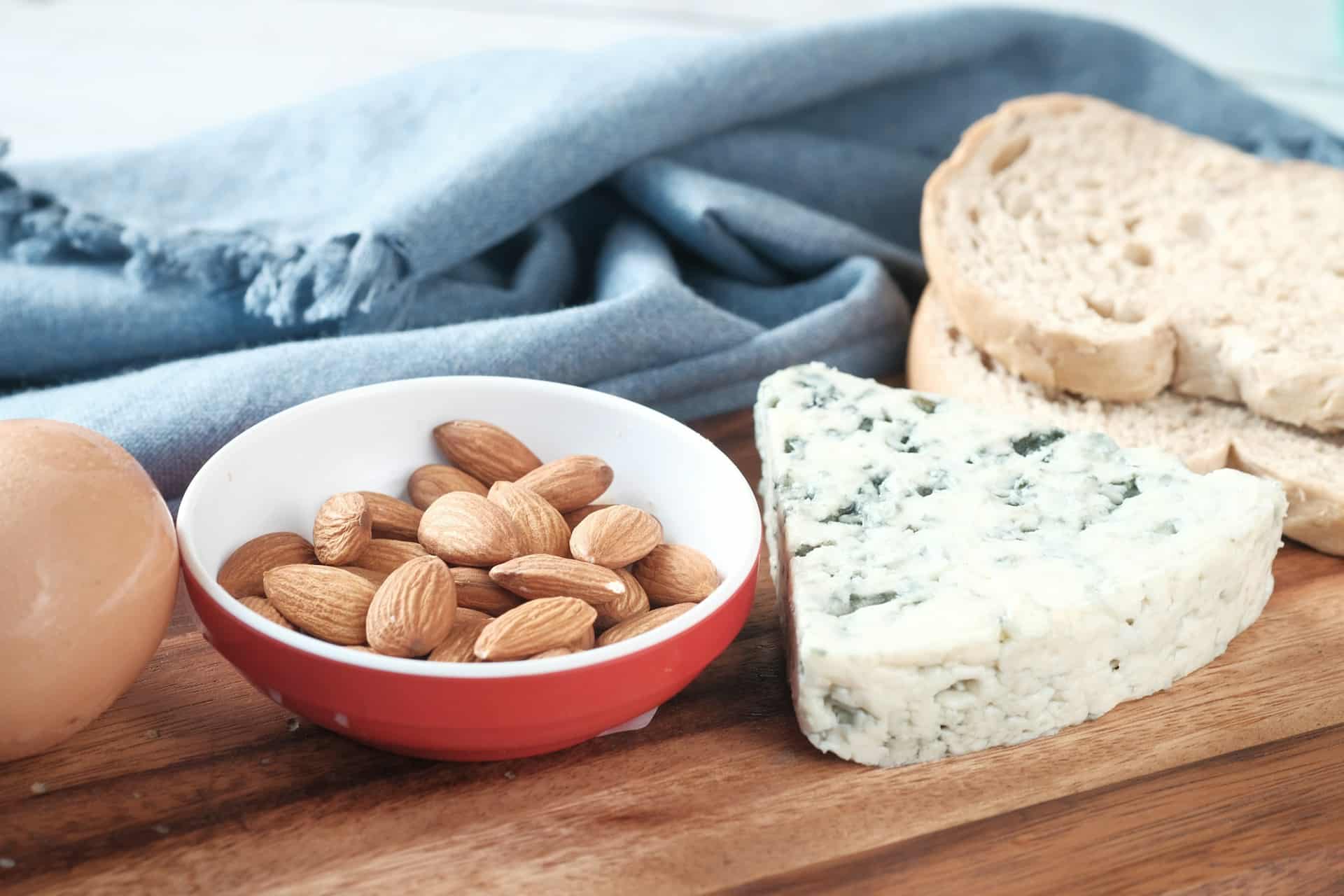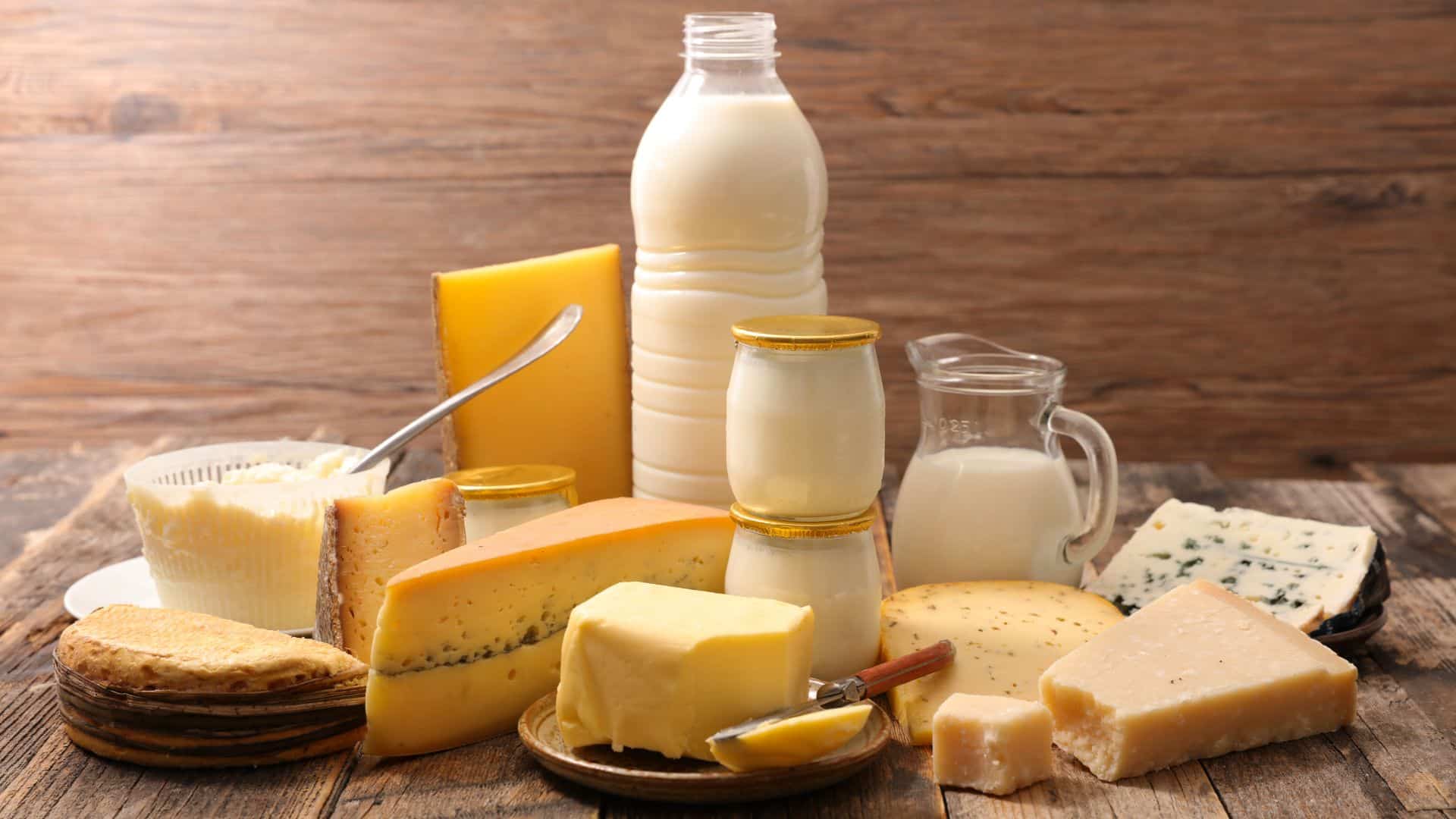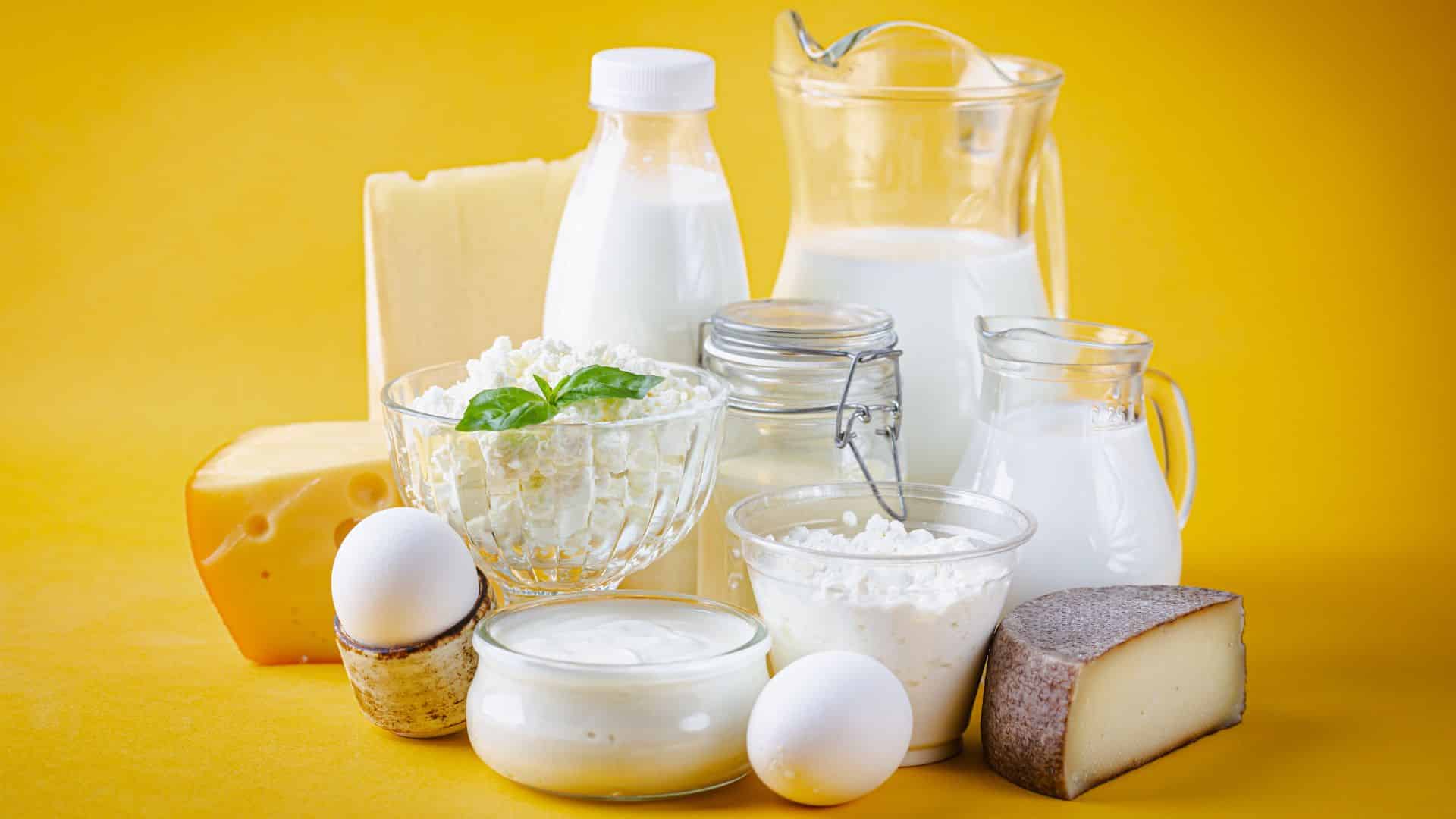Evidence on Dairy in Diet Amid RFK Jr.’s Proposal for New Guidelines


Health and Human Services Secretary Robert F. Kennedy Jr. is pushing to expand dairy’s role in upcoming dietary guidelines, advocating for full-fat dairy products as part of his “Make America Healthy Again” initiative. This proposal challenges decades of low-fat recommendations, sparking debate about what the science actually says regarding dairy consumption and health outcomes.
RFK Jr.’s Dairy Vision

Kennedy’s dietary preferences include raw milk, full-fat dairy, and a general suspicion of processed foods and artificial ingredients. “We are encouraging programs to switch from low-fat dairy, which the antiquated Dietary Guidelines require them to promote, to full-fat/whole milk,” Kennedy wrote on X.
His approach represents a significant departure from current guidelines that recommend low-fat dairy products for heart health. Kennedy has promised that new dietary guidelines will “reflect the public interest and serve public health, rather than special interests.”
The Science Behind Dairy Benefits

Recent research presents a nuanced picture of dairy’s health effects. A comprehensive scoping review found that 37.7% of dairy-health associations showed reduced disease risk, while 48.0% showed no association. Studies consistently highlight dairy’s role in bone health, with calcium and vitamin D supporting skeletal development throughout life.
Full-Fat vs. Low-Fat Debate

The 2025 Scientific Report found that “substituting higher-fat dairy with lower-fat dairy by adults and older adults is not associated with a difference in risk of cardiovascular disease morbidity.” This finding challenges traditional thinking about dairy fat content. Emerging evidence suggests dairy products may reduce cardiovascular disease risk despite their saturated fatty acid content, leading to the “dairy food matrix” concept.
Disease Prevention Potential

Research indicates dairy consumption probably protects against colorectal cancer, bladder cancer, gastric cancer, and breast cancer. Studies show that consuming an additional 200ml of milk daily is associated with a lower risk of cardiovascular disease, stroke, hypertension, and metabolic syndrome. These findings suggest dairy’s protective effects extend beyond basic nutrition.
Alternatives and Accessibility

Not everyone can consume traditional dairy products due to lactose intolerance, cultural preferences, or medical conditions. Plant-based alternatives like fortified soy, almond, and oat milk provide similar nutrients without lactose. These options ensure nutritional needs are met regardless of dietary restrictions or personal choices.
Children’s Dietary Needs

Kennedy’s MAHA report emphasizes updating guidelines to align with “science, data, and health recommendations.” Children’s dairy requirements differ from adults, with growing bodies needing consistent calcium and protein intake. The debate over full-fat versus low-fat dairy becomes particularly relevant for developing minds and bodies.
Industry and Policy Implications

The dietary guideline changes present an opportunity for Kennedy to influence food and beverage companies and their products. Critics argue that cuts to nutrition programs, rising food costs, and stagnant wages contribute more to America’s chronic disease epidemic than current dietary guidelines. This tension highlights the complex relationship between policy, industry, and public health.
Looking Forward

The dairy debate reflects broader questions about how scientific evidence translates into public policy. While some research warns against consuming too much dairy, other studies show benefits from regular consumption, with newer research suggesting full-fat dairy might not threaten heart health.
As Kennedy prepares to reshape America’s dietary landscape, the challenge lies in balancing emerging research with practical nutrition guidance that serves diverse populations. Whether his full-fat crusade will improve public health or simply shift consumption patterns remains to be seen, but it certainly signals a new chapter in how Americans think about dairy’s role in a healthy diet.
